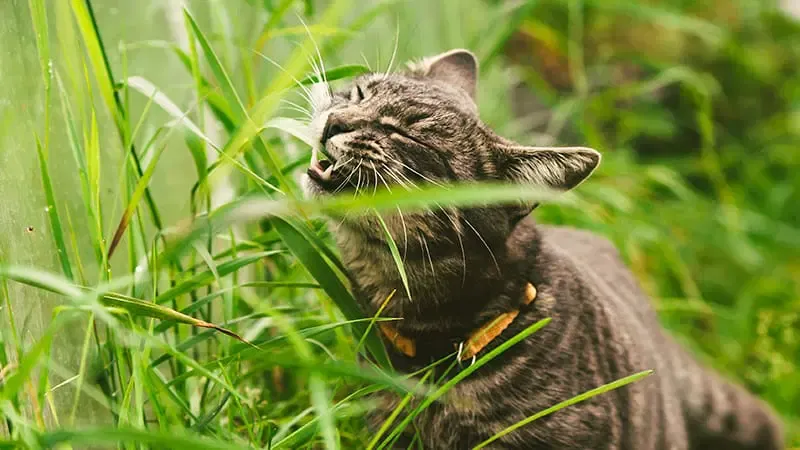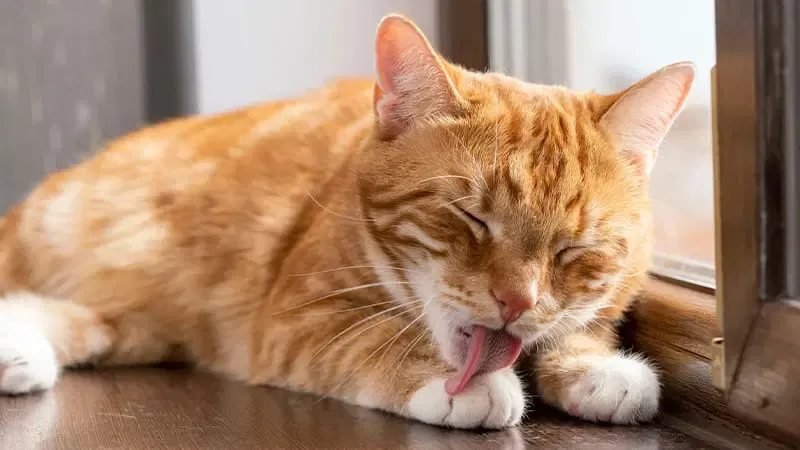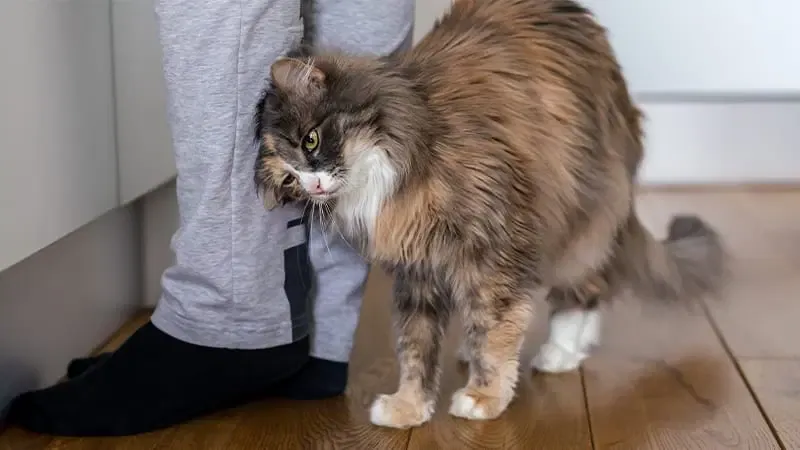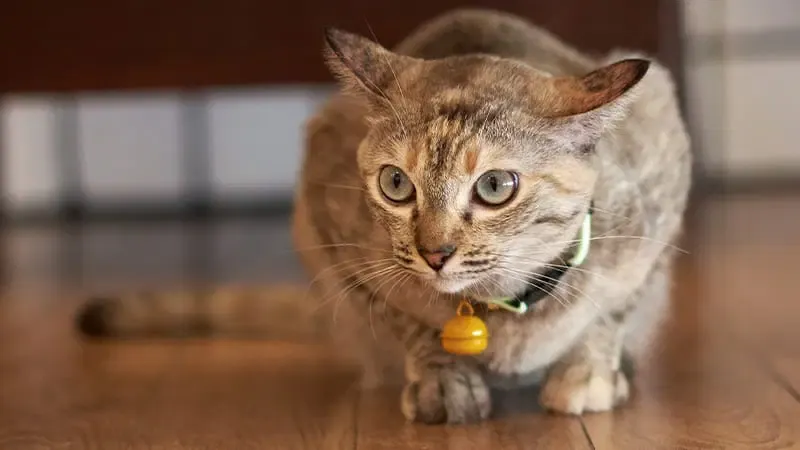Cats are enigmatic companions whose quirky actions often leave owners scratching their heads. From endless napping to sudden zoomies, common cat behaviors reveal insights into their instincts, health, and emotions. As veterinary experts like those at MedVet explain, decoding these behaviors strengthens the human-feline bond and ensures better care. Whether you’re a new cat parent or a seasoned one, grasping why your cat acts a certain way can prevent misunderstandings and promote a happier home.
Physical Behaviors in Cats
Cats retain wild traits despite domestication, influencing many everyday actions. Recognizing these helps you respond appropriately, from providing enrichment to spotting health issues.
Napping
Domestic cats nap up to 16 hours a day, a holdover from their ancestors’ energy-conserving hunting lifestyle. Their higher body temperature draws them to sunny spots or warm electronics. This isn’t laziness—it’s instinctual rest to stay alert for “prey.” Ensure cozy, safe nap zones to support this natural rhythm.
Eating Grass
Many cats munch on grass, serving multiple purposes like aiding digestion, expelling hairballs, or supplementing nutrients missing from their diet. It acts as a laxative and satisfies chewing urges. Always verify outdoor grass is pesticide-free, as toxins can cause poisoning—consult resources like MedVet’s spring pet safety tips for guidance.
 Common Cat Behaviors – Eating Grass
Common Cat Behaviors – Eating Grass
Attacking People or Other Pets
Aggression often arises from fear, anxiety, territoriality, or feeling cornered. Cats may swat or bite to defend themselves. Create a secure environment with hiding spots, vertical spaces, and positive reinforcement training. If persistent, rule out pain or illness with a vet visit.
Knocking Things Over
Pawing at objects satisfies curiosity and hunting drives—when items move, cats see “escaping prey.” This play hones reflexes and provides stimulation. Offer stable shelves and puzzle toys to redirect energy safely.
Bringing Items to You
Presenting dead critters or toys mimics a cat’s role in the “pride,” sharing the hunt as mothers teach kittens. It’s a loving gesture, viewing you as family. Praise gently to acknowledge without encouraging more “gifts,” and keep screens on windows to reduce actual catches.
Urinating Outside the Litter Box
Stress, dirty boxes, or medical problems like urinary tract obstructions prompt this frustrating habit. Symptoms include straining, frequent visits, vocalizing, or excessive licking. Provide multiple clean boxes in quiet areas. Seek immediate vet care for blockages, common in males and potentially fatal.
Scratching
Scratching sharpens claws, stretches muscles, and marks territory via paw scent glands. It’s essential self-maintenance. Combat furniture damage with tall sisal posts near problem spots, plus regular trims. Reward use of approved scratchers.
Zooming
Sudden sprints, or “zoomies,” burn excess energy, especially evenings. It’s healthy play. Engage with wand toys or lasers for 15-minute sessions daily to tire them out and curb chaos.
Self-Care Behaviors in Cats
Grooming is a cat’s primary hygiene ritual, showcasing independence while signaling deeper needs.
Grooming and Licking
Cats spend hours licking to clean, distribute oils, and bond—licking you means trust. Swallowed fur forms hairballs, expelled via hacking. Excess grooming signals stress, allergies, or illness; watch for appetite loss, lethargy, or GI issues. Vets treat blockages promptly to avoid emergencies.
 Common Cat Behaviors – Grooming
Common Cat Behaviors – Grooming
Vocal Behaviors in Cats
Meows, purrs, and growls convey everything from hunger to distress, evolved mostly for human interaction.
Purring, Meowing, and Hissing
Purring signals contentment but can mask pain; meows demand attention; hisses warn of threats. Learn your cat’s repertoire to meet needs proactively.
Night Squalling
Yowling at night stems from heat cycles, attention-seeking, or age-related issues like cognitive decline. Spay/neuter reduces mating calls. For seniors, check hyperthyroidism or hypertension. Use nightlights, calming aids, and vet consults.
Body Language Behaviors in Cats
Non-verbal cues like tails and ears offer real-time mood reads, vital for harmony.
Kneading
Pawing rhythmically evokes kittenhood milk-making, now a joy or affection sign. Scent glands mark you as “theirs.”
Head Bunting and Rubbing
Head-butts deposit facial pheromones, claiming and loving you. Reciprocate softly.
 Common Cat Behaviors – Rubbing
Common Cat Behaviors – Rubbing
Ear and Tail Movement
Forward ears mean curiosity; flattened signal aggression. Tails: swish for calm, thrash for irritation, puff for fear.
 Common Cat Behaviors – Ear and Tail Movement
Common Cat Behaviors – Ear and Tail Movement
Knowing When Your Cat is in Pain
Stoic cats hide hurt via changes like aggression, hiding, or litter avoidance. Altered common cat behaviors warrant a vet check—early detection saves lives.
Mastering these common cat behaviors fosters empathy and prevents problems. Tailor your home to instincts: enrich, play, and monitor health. Consult vets like MedVet for personalized advice. Build that unbreakable bond—your cat will thank you with endless purrs.
References:
- MedVet: Our Doctors, Pet Fears, Spring Safety Tips, Pain Signs, Thyroid Disorders, Locations.
- American Veterinary Medical Association (AVMA) guidelines on feline behavior.
